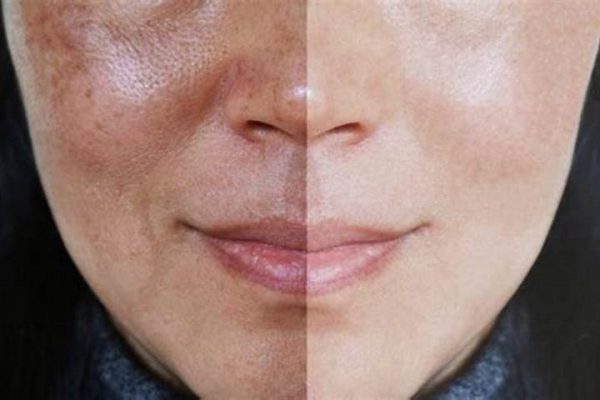5 Things You Need To Know Before Getting Melasma Treatment in Iran
The modern world, with all its updated and high-tech equipment, can still sometimes fail in the face of nature. Melasma is just such a skin condition. Roughly translated to dark spots, melasma has the annoying ability to reappear, and sometimes it is unresponsive to treatment. Here are 5 Things You Need to Know Before Getting Melasma Treatment in Iran to get lasting results and fewer flare-ups.
What is Melasma?
Melasma is a type of skin disease and the exact reason for this hyperpigmentation is still unknown. All that is known about it is that it is due to the overproduction of melanin in the cells of your skin resulting in dark-colored or brownish freckle-like spots. This condition is a lot more common in women as compared to men, especially in pregnant women. It also occurs more on the skin of dark-colored individuals. Another pesky issue with this disease is that it can reappear after treatment and is rarely ever cured permanently.
Types of Melasma
There are three types of melasma according to the depth of pigmentation in the skin:
-
Epidermal: With a dark brown color and sharp lines, it is the most easily diagnosed type and gives the best response to treatment.
-
Dermal: It has light brown or bluish tones, blurry edges, and no sharp lines. It is more difficult to diagnose and treat.
-
Mixed Melasma: The most common type with brown and bluish spots and it is highly responsive to treatment.
Melasma Prevention Strategies
Preventing hyperpigmentation focuses primarily on minimizing factors that trigger excessive melanin production. Effective strategies include:
-
Daily Sun Protection by using sunscreen (with an SPF of 30 or higher), wearing protective clothing like hats, sunglasses, and long-sleeved clothing, and limiting sun exposure
-
Gentle Skincare Routine by using gentle cleansers and keeping the skin well-hydrated
-
Healthy Lifestyle with a balanced diet including antioxidants and vitamins and drinking adequate water
There are also home remedies such as aloe vera gel, licorice-containing creams, and green tea extracts.
We believe Prevention is the number one course of action when it comes to melasma. But if you are seeking treatment and the prevention strategies have not worked well for you, we at Iran Medical Tours can organize your medical travel for melasma treatment in Iran. We can connect you to the best Iranian doctors and dermatologists in different cities of Iran, mainly in Tehran, Shiraz, Mashad, and Tabriz.

Aim of the Melasma Treatment Procedure
This skin condition is due to the melanin in the skin and melasma in patients with darker-colored skin is more difficult to treat. That is why it is essential to know all the precautions and steps needed to prevent flare-ups even before getting treated for this condition.
Results for Melasma Treatment
care is taken, melasma may fade away on its own without the need for expensive treatments. Since it has no other painful aspect, the aesthetic concerns can be addressed with simple tips and at-home remedies.
5 Key Points to Remember If You Have Melasma
-
Avoid Direct Sunlight
Melasma, being a skin condition, is prone to flare-ups due to direct exposure to sunlight. UV rays and heat can cause a severe outburst of the condition and it is recommended to always use sunscreen when in direct sunlight. So, stay in the shade or consult your dermatologist to know more about the strength & brand of sunscreen available. Remember that every case is different and will require different levels of protection.
-
Melasma can be Hormonal
Research shows that hormonal changes in the body during pregnancy can cause a Melasma flareup. This sort of melasma is not usually a cause for concern since it fades away post-pregnancy and usually does not occur under normal conditions.
-
Melasma is not Completely Curable
Although there are a lot of cosmetic procedures that may reduce the intensity of the condition and may even temporarily fade the dark spots caused by it, melasma is not completely curable.
-
Melasma is Chronic and Recurring
Sometimes melasma does not even need a reason behind it or at least does not appear to be caused by something that changed. Genetics can play a role in this but the exact reasons are still unknown. It can reoccur at any point in life and may or may not respond to any treatment,
-
Cheap products may cause or flare up existing Melasma
Research shows that in some cases of the disease, melasma was caused after using cheap makeup products or other toxic chemicals used in some unreputable soaps, creams, or lotions. This is why it is very important to avoid the usage of such products, cheaper is usually not better.
Melasma Medication and Procedures in Iran
Your dermatologist may prescribe a medication that can decrease the excess pigment in your skin. Most patients receive a prescription for medication that they apply to their skin at home.
Your dermatologist may prescribe one or more of the following:
-
Hydroquinone: This is a common treatment for melasma. It is applied to the skin and works to even out the skin tone. Hydroquinone is no longer available in products that you can buy without a prescription.
-
Tretinoin and a mild corticosteroid: This combination contains a retinoid and an anti-inflammatory, which can even out skin tone.
-
Triple combination cream: This cream contains three medications — tretinoin (a retinoid), a corticosteroid to reduce inflammation, and hydroquinone to even out your skin tone.
-
Other medications: Your dermatologist may prescribe a medication that is gentler on your skin like azelaic acid, kojic acid, or vitamin C.
To learn more about Affordable Nonsurgical Cosmetic Procedures in Iran!
It takes time to see results from treatment, so your dermatologist may recommend using camouflage makeup until your melasma fades.
If you haven’t used camouflage makeup before, your dermatologist can give you tips for getting natural-looking results.
Melasma Treatment in Iran
Even when you follow your treatment plan, melasma can be stubborn and some people still see melasma. Researchers have been studying this problem, which has led to several treatment advances.
There are also other ways of melasma treatment in Iran to get better results. Your dermatologist may add one or more of the following to your treatment plan:
-
Chemical peel in Iran: During this procedure, your dermatologist applies a chemical solution to the melasma. This can help remove excess pigment.
-
Microneedling in Iran: This minimally invasive procedure creates microscopic tears in your skin. As the skin heals, it tends to have a more even skin tone.
-
Laser and light treatments in Iran: A few studies have found that adding a laser or light treatment can improve results for patients who are already applying medication to their skin and protecting their skin from the sun.
-
Platelet-rich plasma (PRP) in Iran: This procedure involves taking a small amount of your blood, placing the blood into a machine that separates the blood into layers, and then injecting the layer of blood known as plasma into the skin with melasma. This can help even your skin tone.
Contact Us for FREE Consultation and evaluation of the treatment you may need.
When using makeup to hide melasma, it is important to apply everything in the right order to get the best results. Here’s the order that dermatologists recommend:
-
Melasma medication
-
Sunscreen
-
Camouflage makeup
Risks and Side Effects of Melasma Treatment and Therapies
While treatments can be effective, they may also carry some risks:
-
Chemical Peel: Possible redness, irritation, and peeling.
-
Laser: Potential for burns, redness, and pigmentation changes.
-
Topical Treatments: Skin irritation, dryness, and increased sensitivity to the sun.
-
Hydroquinone: Skin irritation, redness, and increased sensitivity to the sun. Prolonged use may lead to Ochronosis, a bluish-black discoloration of the skin. It is essential to use it under dermatologist supervision.
